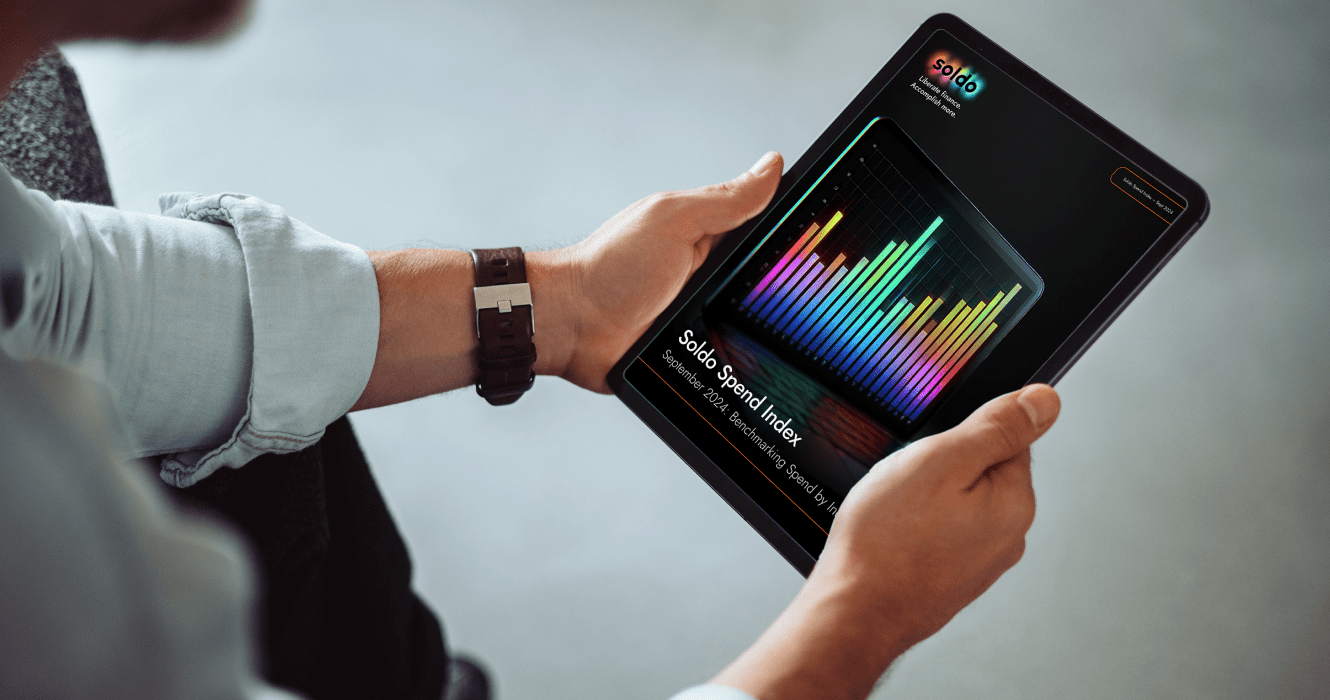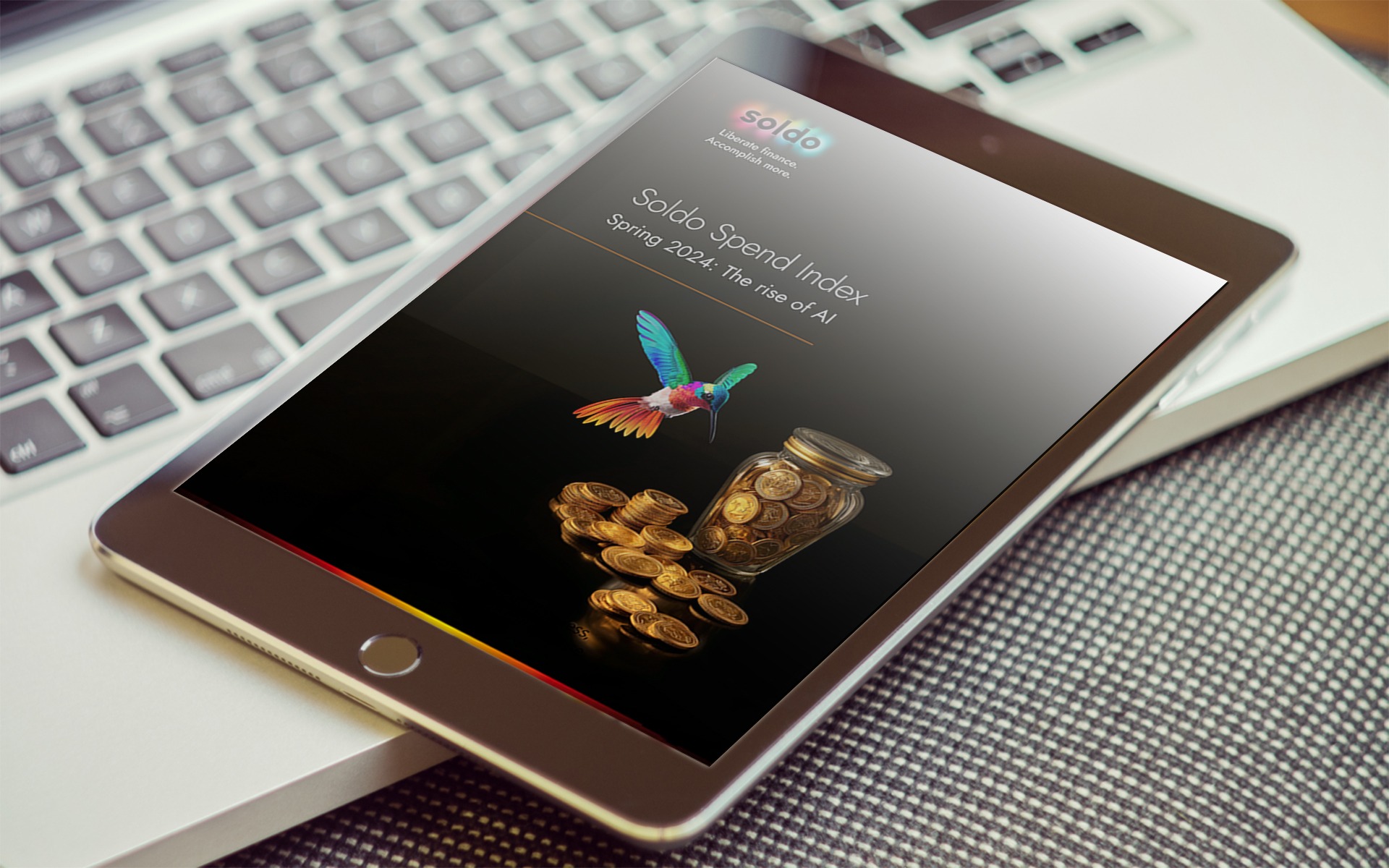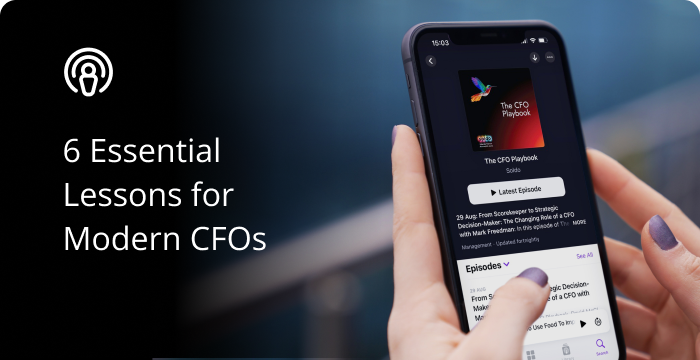In part I and part II of the budgeting best practice series, we covered how frequently budgets should be put together, what to include and the most commonly used budget formats.
Hopefully, the first two parts have put you in a solid position to revisit your budgeting with fresh eyes. In particular, you should be able to generate an appropriate forecast for your business (and its particular circumstances).
The current economic turbulence makes timely budgets more vital than ever. An up-to-date budget facilitates quick decision-making. And helps you spot any upcoming bumps in the road, so you can adapt and recalculate.
In part III of the series, we turn to technology. Specifically, how it can streamline your processes, speed up budgeting and how spend tools can help you monitor and control spending. This lets you stay as close to budgets as possible.
Spreadsheets
Spreadsheets remain the ubiquitous tool for creating and managing budgets. A spreadsheet is the closest thing to a lingua franca for finance teams. Spreadsheets let you build up budgets with the output of assumptions on separate tabs.
Spreadsheets are great – but there are ways to modernise their usage. Use cloud spreadsheets instead of the traditional offline variant. Cloud spreadsheets eliminate the risk of conflicting and duplicate versions of budgets. A cloud spreadsheet also lets employees work together in real-time.
Just make sure you lock tabs and cells to restrict access and changes to specific data.
Excel can be managed in the cloud with Office 365 subscriptions, but Google Sheets (as part of Google Workspace) has almost identical formulas and functionalities and is much cheaper. A free version is also available.
Data entry can be minimised, with autofill features replicating the output from assumptions over a period of time. Adding the dollar sign ($) to formulas will result in the same cell reference being applied to other cells. This is useful when toggling between the effect that different profit margins have on forecasts. Changing this single cell will then update all ones linked by the formula use of the dollar sign.
Definitive budgets should include separate tabs for the income statement, profit and loss account and cash flow statement. These should be linked together so that any hard-coded entries update the financial statements.
Extra consideration should be given to cash flow statement links due to timing differences (i.e. quarterly VAT payouts) alongside non-cash movements (depreciation and amortisation).
Cloud Budgeting Software
Cloud budgeting software may suit your business if its model is relatively simple. Unlike spreadsheets, budgets and forecasts can be generated almost instantaneously with minimal manual effort once software has been set up.
Cloud budgeting software can be connected and synced to core cloud accounting software, with charts of accounts (including VAT rates) being replicated. Once connections are established, your budgets and forecasts are updated in real-time.
Common functionality also includes using algorithms to predict when customer invoices will be paid rather than their due dates. For example, you may issue 30-day invoices but specific suppliers may have a history of paying 14 days late.
Another handy feature is being able to create multiple versions of budgets based on different scenarios. Scenarios like receiving new investment, taking on new staff or moving into a new office.
Cloud budgeting software may be more suitable than spreadsheets if you need to generate regular forecasts due to demand from investors or banks. These may be required if you breach a covenant or if your cash balances are particularly precarious.
One of its limitations, compared to spreadsheets, is that it is not easy for third parties to interrogate the data since it is not formula-based. Therefore, it may be harder to spot errors in assumptions or inaccurately entered data.
Spend management tools
Spend management tools help manage the implementation of budgets and provide data and insights that are used to iterate new versions of rolling budgets.
Similar to cloud budgeting software, spend management platforms also connect and sync to cloud accounting software to pull in the chart of accounts. Data can flow both ways, so spend is reconciled easily on the likes of Xero, QuickBooks, NetSuite and Sage.
Spend management tools can be particularly useful if you work at a large company with several different departments. Virtual and physical prepaid cards can be created for each department, with spend limits being put in place for each department. This ensures adequate funds are in place for planned procurement needs while removing the risk of overspending not in line with budgets.
Platforms also have real-time reporting capabilities that provide you with accurate reports across all transactions and spending categories and specific cards.
With this insight, you can tweak budgets, with categories and departments having more or less budget value assigned as needed. This enables quick and accurate updates to forecasts.
Fast, accurate budget delivery: More vital than ever
Economic uncertainty means it is critical for you to use the right technology. Tech speeds up (and improves) budget accuracy.
Perhaps most importantly, productivity gains free up your finance team to focus on value add activities, rather than manually processing data.











